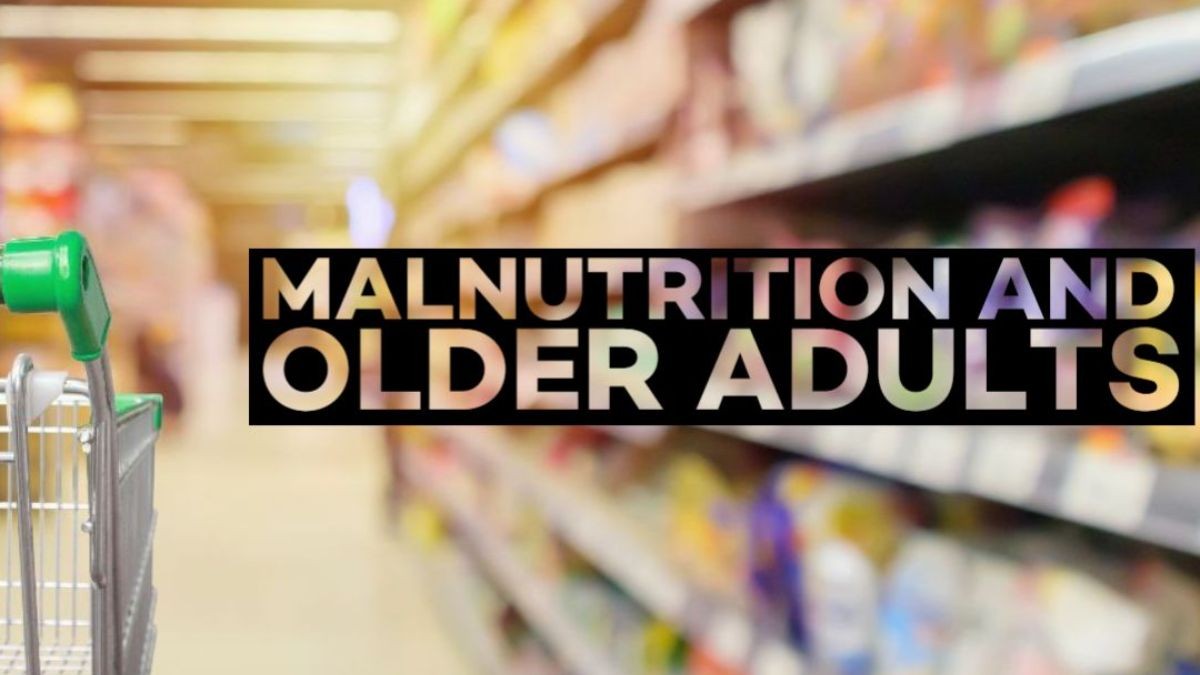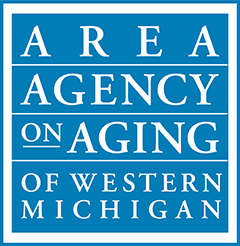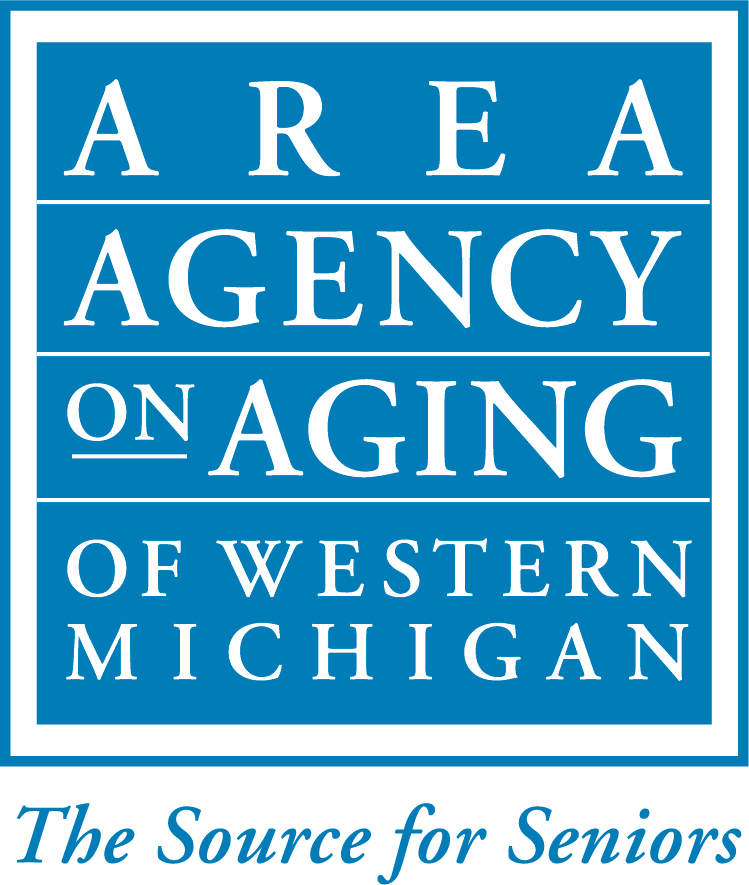Articles
Malnutrition and Older Adults

Nutrition is an important aspect of our health and well-being at all ages. However, as we get older, we may be more susceptible to malnutrition. What is malnutrition? This typically means experiencing an imbalance of protein, calories, and other essential vitamins that we need to stay healthy. Malnutrition Awareness Week*, Oct 4th-8th, was established in 2012 by the American Society for Parenteral and Enteral Nutrition (ASPEN) to educate healthcare professionals and patients on the importance of early detection and treatment.
Older adults account for the majority of malnutrition cases, and malnutrition can make a grave impact. According to the Mayo Clinic*, “malnutrition can lead to various health concerns, including a weak immune system, which increases the risk of infections and poor wound healing. Muscle weakness and decreased bone mass, which can lead to falls and fractures. And a higher risk of hospitalization and increased risk of death.”
The factors that contribute to malnutrition in older adults vary*, which means it can sometimes be difficult to identify the cause. Some factors are due to normal age-related changes, such as changes in taste, smell, and appetite, which can make eating less enjoyable. Others can be more medically-based such as illness, impairments, poor dental health, medications, or dementia. Food access and a limited income can also contribute. How can you tell if your loved one is experiencing malnutrition and what can be done to prevent it?
As a caregiver, here are some signs of malnutrition you should look for:
- How do they look? You’ll likely notice if they’ve lost or gained significant weight.
- Observe their habits. Spend a mealtime together and take note of how much food they eat or what foods they gravitate towards. Are they eating well-balanced meals?
- When visiting their home, take stock of their fridge and pantry. What foods do they have on hand? Are they able to cook themselves or require assistance?
- Ask them how they’ve been feeling. Have they been feeling weak or tired? Have they experienced any swelling or fluid accumulation?
If you notice the above, what can you do to help your loved one?
- Get connected to local resources. Home-delivered meals can be a great option for homebound older adults; they’ll receive regular meal drop-offs of well-rounded meals. The Area Agency on Aging of Western Michigan can connect you to these options at (616) 456-5664. Local food pantries are also available in most communities, and those can be found by calling 2-1-1.
- Make mealtimes easier. Your loved one might still enjoy cooking, but has trouble going out to get groceries. You could help them to grocery shop or meal plan, however there are also online delivery options for groceries, like Shipt, or a program like Mom’s Meals or Blue Apron, that can make getting these ingredients to them a breeze. Meal kits often include instructions for how to make each dish which could be an activity they enjoy.
- Make eating fun. Sometimes mealtimes are unenjoyable or lonely for older adults, so they are less likely to eat. Stop in to eat with them once a week, or if they are feeling up for it, many senior centers and places of worship offer group meals made up of healthy options for a small donation where they can also socialize.
- Develop a few mealtime strategies. If they are struggling to eat the proper foods or find food boring, mix it up. Provide a wide array of nutrient-rich food and snacks like fresh fruits and vegetables, whole grains, fish, and lean meats so they have plenty of options. You can also add herbs and spices to their meals to make them taste more appealing.
- Talk to their doctor. You can explain any changes you’ve noticed to your loved one’s doctor and they should be able to help address your concerns and develop a plan of action.
Malnutrition is more common than you might think, but if you are noticing the signs with your loved one, don’t hesitate to contact the Area Agency on Aging of Western Michigan at (616) 456-5664 to be connected to food resources.
Sources:
http://www.nutritioncare.org/maw/
https://www.mayoclinic.org/healthy-lifestyle/caregivers/in-depth/senior-health/art-20044699
Tagged:

